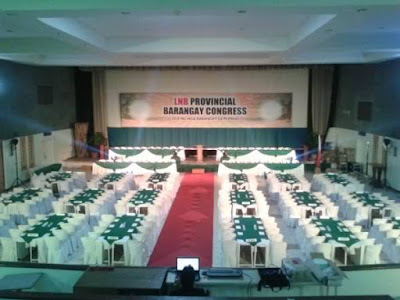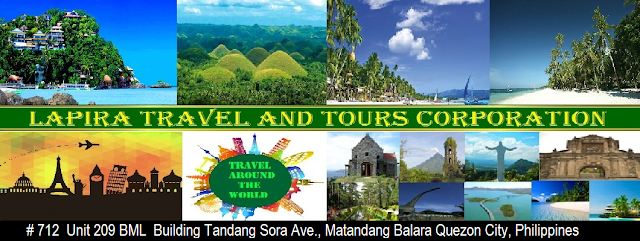Baler, Aurora – It is popularly called the “Surfing Capital of the Philippines”.
As the capital and oldest municipality of Aurora Province, Baler is the seat of government and the center for trade and industry. The most progressive town in Aurora, Baler commands the most resorts, public institutions and facilities, as well as business establishments.
Attractions
Baler is known for numerous tourist attractions. In addition to the Baler Catholic Church and other historical sites , there are resorts at Sabang Beach and Cemento Beach, where surfers from all over the world compete for the annual International Aurora Surfing Cup.

History
The town of Baler was founded in 1609. Its original name was Kinagunasan and its first inhabitants were the Angara, Bitong, Carrasco and Lumasac families.
In December 1735, a tidal wave struck and completely engulfed Kinagunasan. The wave struck the town without warning at 2 a.m., and within an hour the entire town was gone. The parish priest of Casiguran, who was then visiting Baler, managed to survive by swimming to the hill of Point Baja. Other survivors included the families of Angara and Bitong. The sudden onslaught of the wave and the fact that the nearby towns of Casiguran, Dipaculao and Dingalan were left untouched has turned the catastrophe into a folk legend of biblical proportions.
No wonder they call it. This local destination is in Barangay San Luis takes around 30-40 minutes ride from Sabang Beach, plus 15-30 minutes hike. The water falls is not as grand (as in size) as Maria Christina Falls, but it is as magnificent.
Aurora is a province blessed with an abundance of tourist attractions. It has its share of historical sights such as the home and resthouse of former Philippine President Manuel L. Quezon.
As the capital and oldest municipality of Aurora Province, Baler is the seat of government and the center for trade and industry. The most progressive town in Aurora, Baler commands the most resorts, public institutions and facilities, as well as business establishments.
Attractions
Baler is known for numerous tourist attractions. In addition to the Baler Catholic Church and other historical sites , there are resorts at Sabang Beach and Cemento Beach, where surfers from all over the world compete for the annual International Aurora Surfing Cup.
The coral-rich islands of Dimadimalangat, Aniao and Lukso-Lukso lie just off the coast.
History
The town of Baler was founded in 1609. Its original name was Kinagunasan and its first inhabitants were the Angara, Bitong, Carrasco and Lumasac families.
In December 1735, a tidal wave struck and completely engulfed Kinagunasan. The wave struck the town without warning at 2 a.m., and within an hour the entire town was gone. The parish priest of Casiguran, who was then visiting Baler, managed to survive by swimming to the hill of Point Baja. Other survivors included the families of Angara and Bitong. The sudden onslaught of the wave and the fact that the nearby towns of Casiguran, Dipaculao and Dingalan were left untouched has turned the catastrophe into a folk legend of biblical proportions.
No wonder they call it. This local destination is in Barangay San Luis takes around 30-40 minutes ride from Sabang Beach, plus 15-30 minutes hike. The water falls is not as grand (as in size) as Maria Christina Falls, but it is as magnificent.
There is something in the air. Some welcoming fog that allows you to breathe in all the fume of nature. Stone Bolders, peebles, cement pavement and trees are covered with moss. A sign of clean air. Clean air is such an under rated term for the place.
Lukso-lukso Islet
Lukso-lukso is that stone formation you can see from Sabang Beach. It is a small vocanic rock hills. Stones are round which actually allows you to jump from one stone to another.
Aniao Islet
Compared to Lukso-lukso, Aniao is made of sharp rocks. There is also a small beside the volcanic rock formation. The small pool is child-friendly. Clean and not too deep.Lukso-lukso Islet
Lukso-lukso is that stone formation you can see from Sabang Beach. It is a small vocanic rock hills. Stones are round which actually allows you to jump from one stone to another.
Aurora is a province blessed with an abundance of tourist attractions. It has its share of historical sights such as the home and resthouse of former Philippine President Manuel L. Quezon.
The province also has a beautiful Catholic church and several historical markers. Its natural attractions include picturesque waterfalls, lush greenery on mountainsides, and panoramic beaches. Surfing, snorkeling, scuba diving, mountain climbing and trekking are only some of the activities a tourist can enjoy in Aurora.
FOR INQUIRIES AND RESERVATIONS;



































